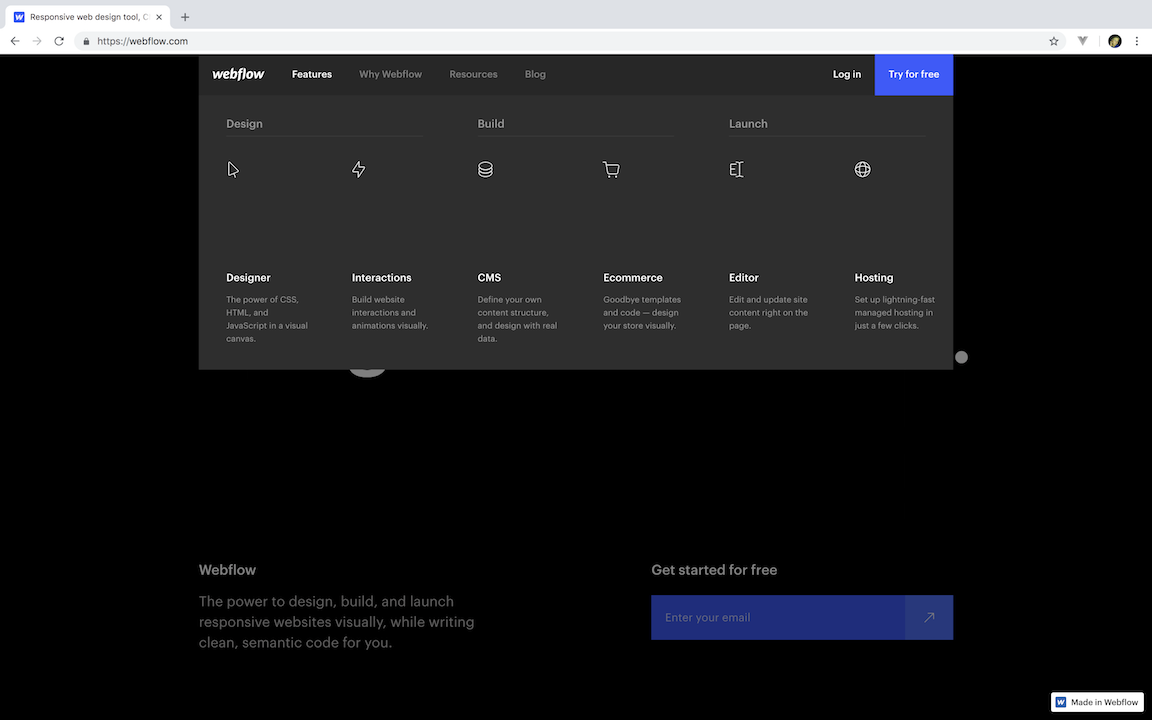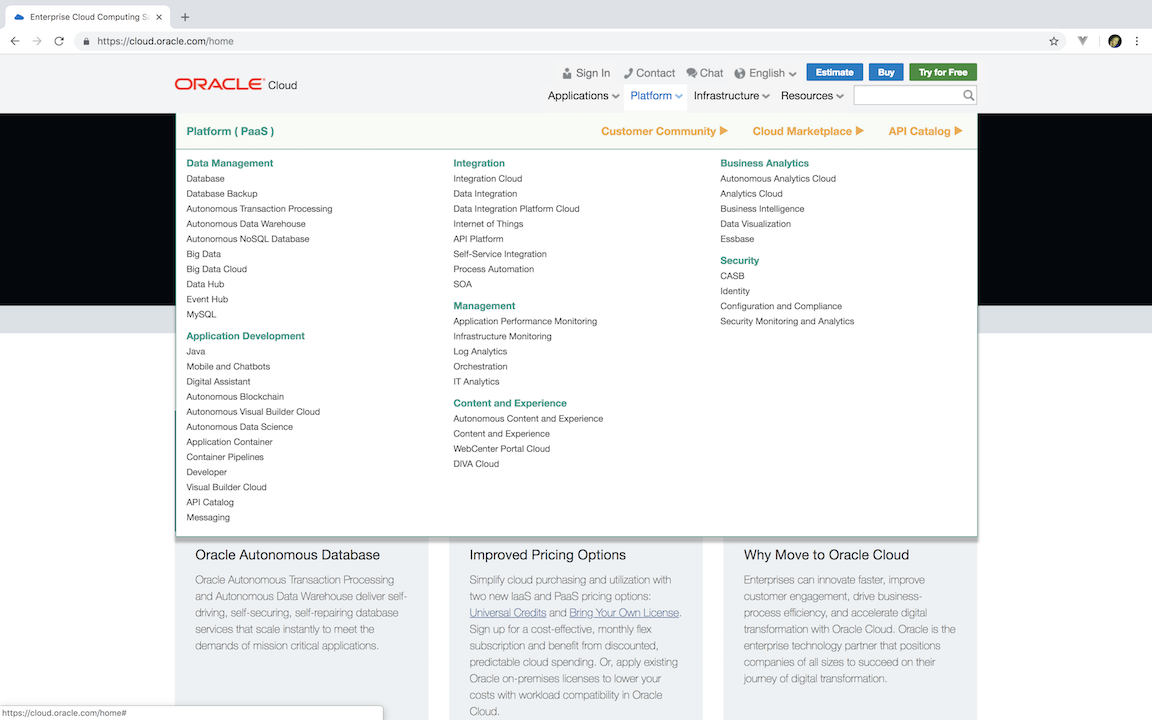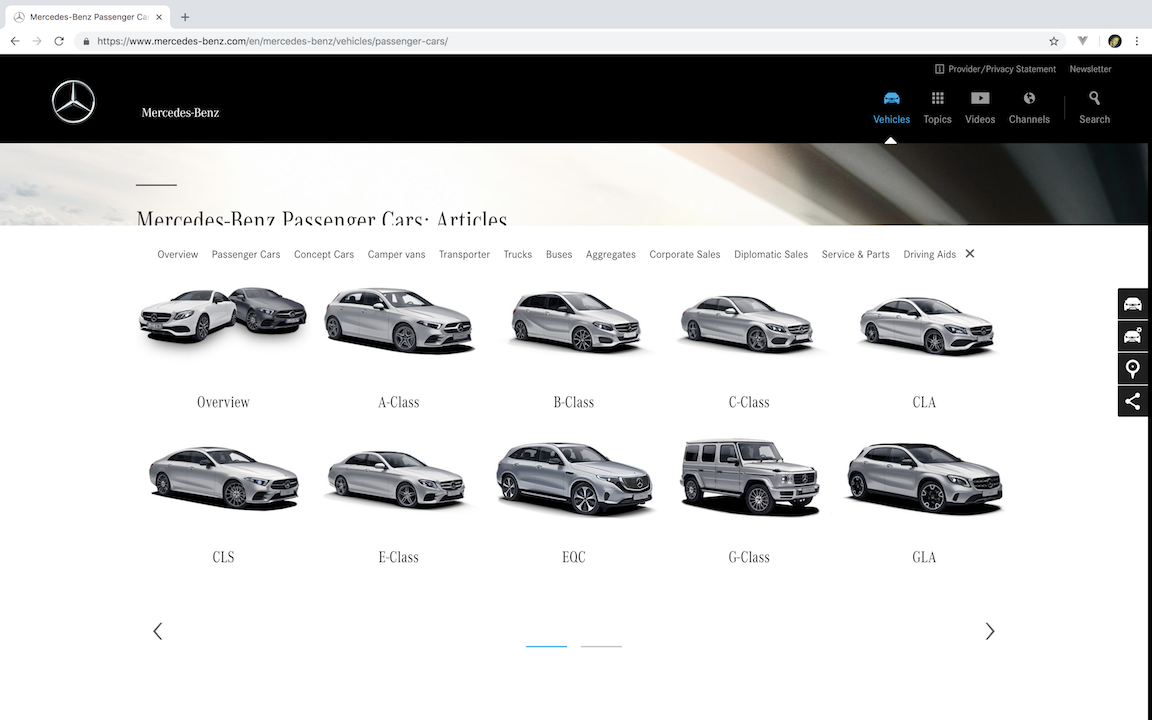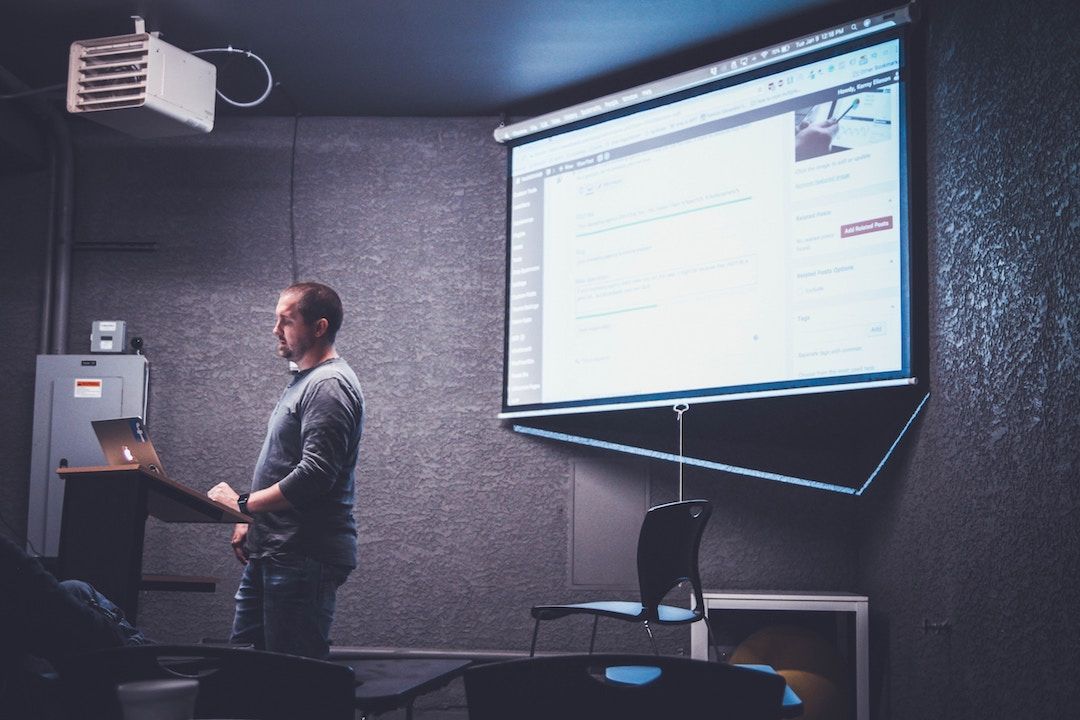Today we have a growing tendency of avoiding long and boring slideshows that were very common five years ago. This is a positive change in the world of business. Nonetheless, occasionally you will still run into these half-hour monologues that will drain out the last bits of enthusiasm from the room.
PowerPoint and other presenting tools are way overused and do not serve their purpose any longer. A 30-slide long presentation won't make you stand out and will instead cause more harm than good.
Slide deck and a long monologue are the best way to escape your responsibilities.
Having an extensive slide deck is an easy way out. It is a great way to hide from your real responsibility, do the bare minimum and never actually deliver your message.
Most of us have committed the mistake ourselves, but it only took us a time or two until we realized that this way of presenting was ineffective. Just think of the bored faces that you saw in these sessions and maybe you will even remember the decreasing confidence of the presenter as the time went on.
Internally, or during a technical walkthrough, a huge set of slides might be OK, but what if you are meeting a customer?
Today I am a strong proponent of using maximum two or three slides while focusing on the core message instead. Of course, I try to always tailor my approach according to the people that I'm meeting, but how do I present a wide product/service portfolio effectively to an outside stakeholder?
Well, through my experience, I've noticed an incredibly simple but effective way of doing just that...
First, ask the golden question.
Preparing to make an impact is important.
It is incredibly simple. I prepare in advance by asking the future participants to give me three points that they are most interested to hear about.
Could you give me three topics that you are most interested to hear about during our meeting?
If your counterpart cannot come up with a response to this question, there is a significant chance that the meeting's purpose is questionable. Maybe the presentation or meeting should have not been set up in the first place.
Additional examples:
- We are about to meet regarding our earlier conversation, what are the three focus points that we should concentrate on?
- Can I ask you to provide us with two to three bullet points that you think are the most relevant for you at this time in order to keep our meeting on point?
- As we are joining your company breakfast on Friday for a brief product demo, which topics do you think would be the most interesting for your audience?
As a result, you will have time to better prepare for what are actually the most relevant topics in the first place. You won't be wasting other people's time by throwing up a constant and irrelevant stream of garbage as it often happens...
Give an overview of your products and services with the help of your most important asset.
The only thing that you need for this is a well-designed website.
If you don't have one, concentrate on that first.
Wait, that's it?! Why?
Ok, you can prepare one or two slides with your logo and a graphic of what your company is all about. Another slide could be a picture and a short description of yourself in order to introduce you as a person. But that's it!
On this slide add a link to your company website where it opens to a page as follows (these are examples):
- A Webflow product page that clearly states most important features of the product very concisely.
Webflow SaaS platform for making websites (Features menu)

- Website with a hover menu that is open for all of the main PaaS services that Oracle offers.
Oracle Cloud Platform/Services (Solution and Services page)

- Page with the most important models and car lineups of Mercedes displayed in a visual manner.
Mercedes Benz (Car models and lineups of the company)

Why to use your website instead of a long slide deck in order to give an overview of your products all at once?
Reason Number 1.
Somebody already spent a lot of time thinking and designing the way of presenting your products and services as concisely, simply and comprehensively as possible. You do not have to do that yourself with a huge deck of slides.
Use this to your advantage and save your time.
Reason Number 2.
Having an interactive website to navigate and hover around with your mouse during the meeting facilitates conversation with the customer. You can discuss various aspects while instantly jumping between the wider picture and the details.
Use this to increase the amount of interaction with the customer.
Reason Number 3.
With the website displayed on the screen you can keep the conversation as general or as detailed as needed. Usually with a couple of clicks and a bit of scrolling you can get really deep into the details of the product or service that your company offers. Customers can ask and you'll be able to support with relevant content if/when suitable. Just like that.
Use this to drill into the details when needed.
Reason Number 4.
During the meeting, the customer is at the same time educating himself on how to navigate your website, meaning that he learns how to navigate your business. Today, the buyer is educated and often seeks to form a decision himself based on the abundance of information available. By seeing how your website is built he can use it as a reference later on and share the right parts within his organization.
Use this to educate your customer and give him things to share.
Reason Number 5.
If during the meeting you for whatever reason weren't sure about what the customer was thinking or weren't able to agree on the next steps, you'll still be able to track their behaviour with the use of modern tools.
I actually remember a case where I was on a meeting with multiple representatives of the customer's organization and saw them opening our website on their own devices. Later I logged into my tools and saw what these particular customers where looking at and what they were interested in. We also saw their visits to our website later and were able to understand their behaviour better while nurturing the relationship. This was invaluable to us.
How to prove the effectiveness of this approach?
By trying it yourself of course!
Throughout my career I've seen this approach utilized a countless amount of times and I assure you that more often than not it actually works better than it first might seem!
If you enjoyed this article, share it with your colleagues and friends. Feel free to also leave a comment below. In order to stay updated, subscribe via the email form below!

